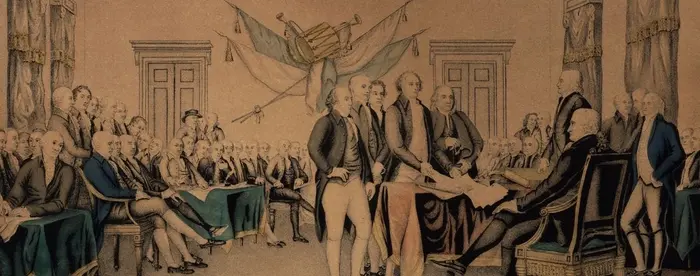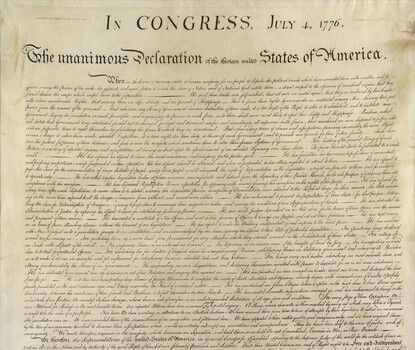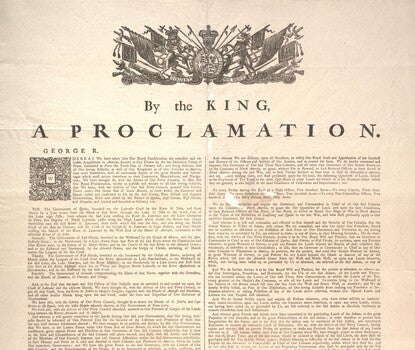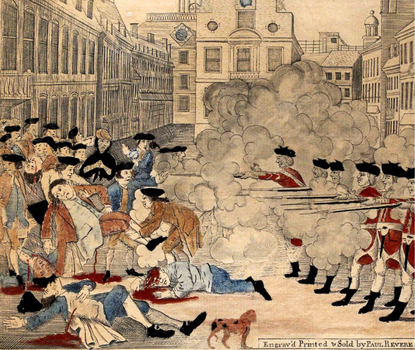Independence Day was unofficially celebrated in the United States until 1870, when, nearly a hundred years after the Declaration of Independence was written, Congress first declared Independence Day a national holiday.
Image: Nathaniel Currier, Presenting the Declaration of Independence, ca. 1850, based on a painting by Jonathan Trumbull. (The Gilder Lehrman Institute, GLC10045)



